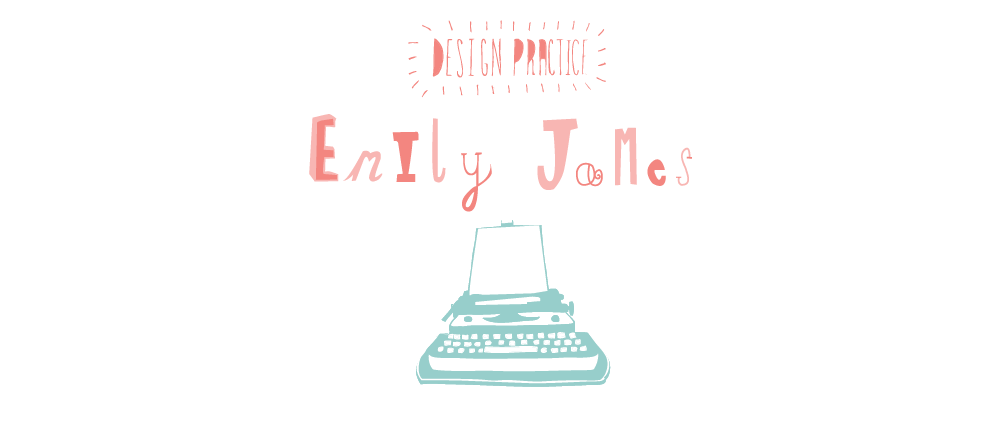Twenty things...
1. It dosen't have to be produced by pen and paper.
2. Can use apps, programmes, ipads etc. to create a reading list.
3. Join a library to find a wide range of books.
4. Join a book group to talk to other people into similar reading.
5. It can be changed and altered on a regular basis.
6. It can be based around something specific. eg. where you are travelling, studying.
7. Ask teachers and lecturers to give you some titles.
8. Something that can be carried around. eg. in a book/journal.
9. Found that it has become more popular as latest gadgets provide a place to stor it.
10. Using the internet and shops like amazon makes it easier to find books of interest.
11. Websites also help find books written by particular authors.
12. Many people don't have bookshelves full of a range of books nowadays, now products like kindle make it easier to read.
13. Reading lists aren't very popular in young people when it comes to reading in their spare time.
14. Some people like recording what books they have read and opinions.
15. You can take classes to discover what kind of books are for you.
16. Subscribe to a book review or magazines to find suggestions of books and authors.
17. Something thats often linked with evaluation and not pleasure.
18. 360,000 new titles are published every year in English language alone.
19. The average reading rate is approximately 50-75 words a minute, roughly 5-6 minutes per page.
20. In America around $235.5 to $260.8 billion is spent a year on books.
This illustration presents the stages of research (works from the bottom, upwards).
1. Identify the terms of reference- what research is about.
2. Look at surveys, past work. Look at what already exists.
3. Find your approach; look at the internet, surveys?
4. Collect the data- internet, pictures. etc.
5. Analyse the data.
6. Discuss the findings- who is it going to effect?
7. Present the findings.




















































